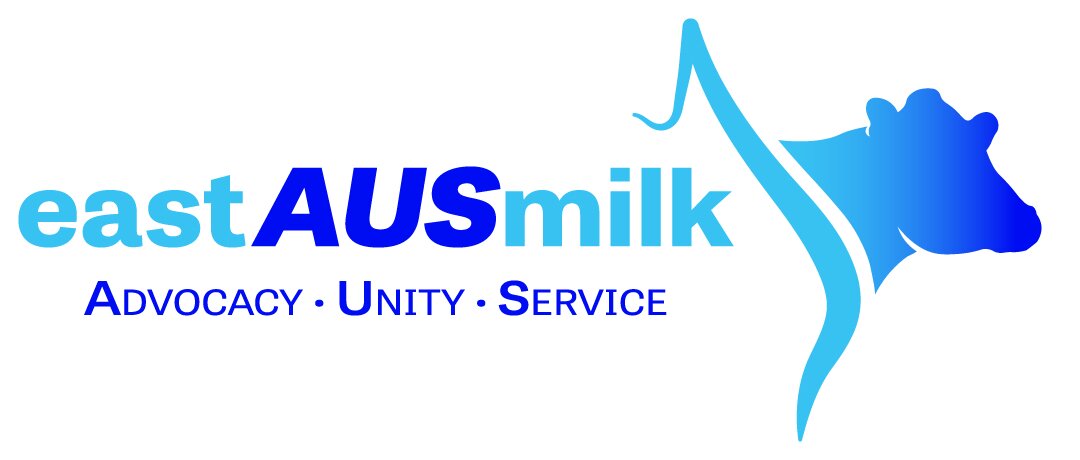Are Dairy Farmers Still Droughted?
eastAUSmilk has been chasing public servants in the Commonwealth, New South Wales and Queensland governments, and their Ministerial offices, to stress drought issues and drought response inadequacies.
This week, there’s good drought news for dairy farmers in most parts of Queensland and New South Wales. Tim Bale, near Taree, says the rain is ideal and “it’s a late spring”; Paul Newland in Malanda says everything has turned green overnight; Waylon Barron, just south of Toowoomba, reports widespread rain has stimulated furious summer planting; Kay Tommerup, near Beaudesert says her pigs will need to learn to swim.
With recent good rains, city dwellers may be mistaken and think all is now great for farmers everywhere, but they would be wrong.
Our members are cautioning that while recent widespread rains are a welcome relief, not everyone has had enough rain to make a difference. Most are also saying that without decent follow-up rains in the next couple of months, any pasture or feed growth promoted by November rains will be too limited to make a great difference.
In many cases, watercourses have flowed only a little, and dams have not filled, which means irrigation water access may not be much improved.
Every bit of advice from the experts says farmers must plan for drought and build their resilience. Our members have been investing time and money in their drought planning, and have incurred costs, along with the stress of a very dry 2023. While few had begun actively destocking before the rain, many had been letting herd size shrink, opting to keep numbers low, and trying to source feed to see them through the summer. Most have been unable to grow fodder to see them through to winter rains, and will still have to buy feed to supplement whatever they can now grow following November’s rains.
Feedback from members is making it very clear that circumstances are very different from region to region, and between localities, which makes it important that government policymakers are stopped from trying to make policy on the basis of the overall or average industry situation.
eastAUSmilk is going to keep on talking with government at every level about the ongoing need to ensure policies and programs reflect a full understanding of the true and diverse circumstances of farmers, and the possibility that recent rains could turn out to be not a real reprieve, but false hope.
Mike Smith, eastAUSmilk Government Relations Manager
Dairy farmers and drought
EastAUSmilk is becoming very concerned about the impact of drought on dairy farmers in Queensland and parts of northern New South Wales.
The Bureau of Meteorology predicting below average rainfall through most dairy farming areas in Queensland and in north-eastern New South Wales over the next three months, and we’re getting reports from members that this year’s rainfall in some areas has been less than during the Millenium drought of two decades ago.
While recent rain in parts of New South Wales near Bega has eased conditions somewhat, they’re not out of the woods by any means.
If conditions like that continue, many dairy farms will experience great difficulty keeping herds alive, and the morale of dairying families will be once again crushed by circumstances beyond their control. That’s to say nothing about the likely financial consequences for those farms and their local communities.
Many are yet to fully recover from the devastating impact of dollar-a-litre milk, the last drought, and the last floods. An extended drought, without necessary government support, will be the last straw for some.
While eastAUSmilk backs the move by governments to support farmers to build their drought resilience, this drought has come too soon for that resilience to have built up, and too soon for financial and advisory supports to be removed.
We’re making representations to each of the New South Wales, Queensland, and Commonwealth governments to be ready with appropriate financial supports, as well as advice and other assistance, for drought-stricken farms.
Governments in the two states have historically had different approaches to programs of assistance to farms hit by drought, and the weather patterns are predicted to be quite different between most of New South Wales and Queensland, both governments need to understand the need to support their farmers and communities to outlast this drought.
Mike Smith, eastAUSmilk Government Relations Manager

